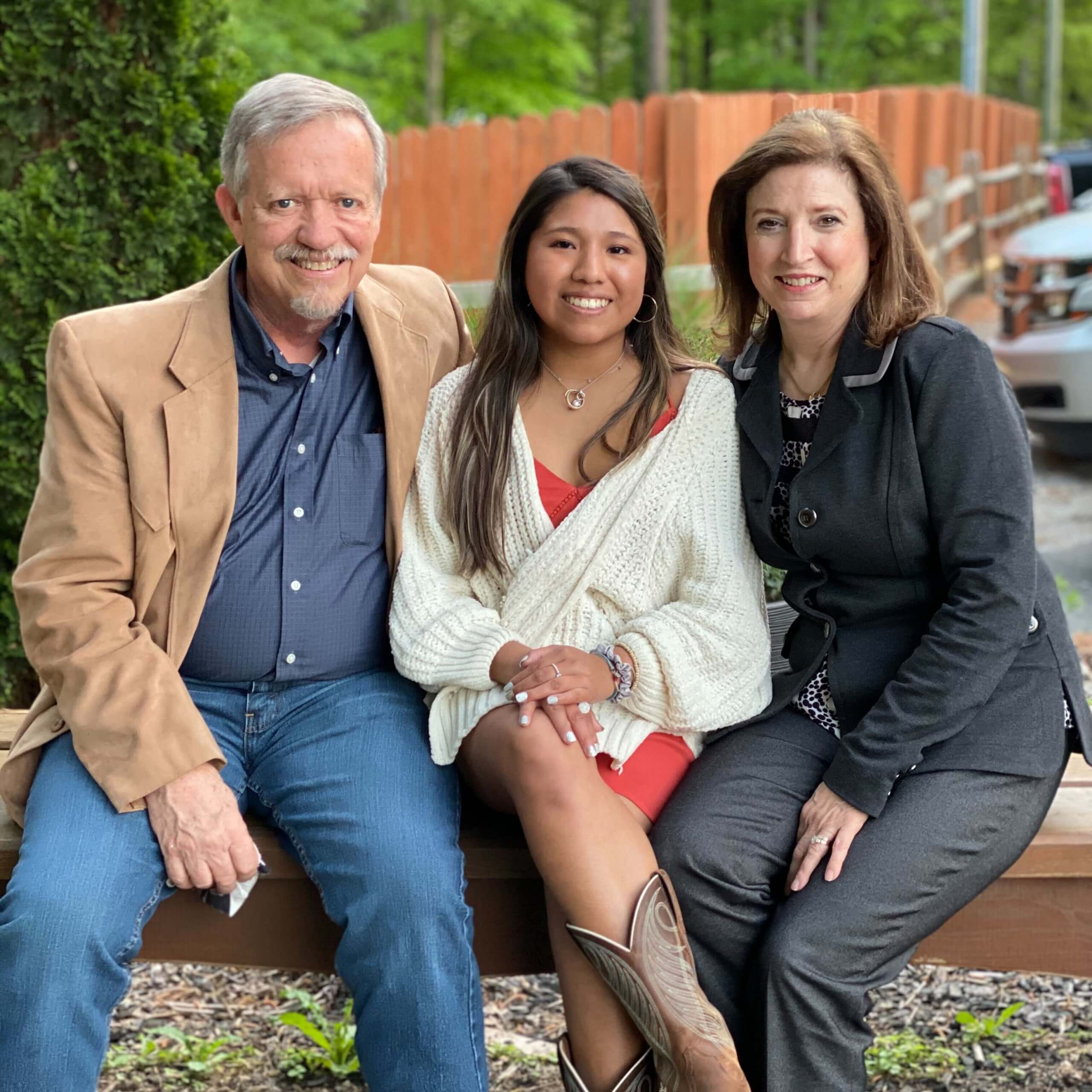
Paying it Forward for Others
Get to know the story of Allyson, the first Hispanic baby adopted through ACH and how she strives to pay it forward for others.

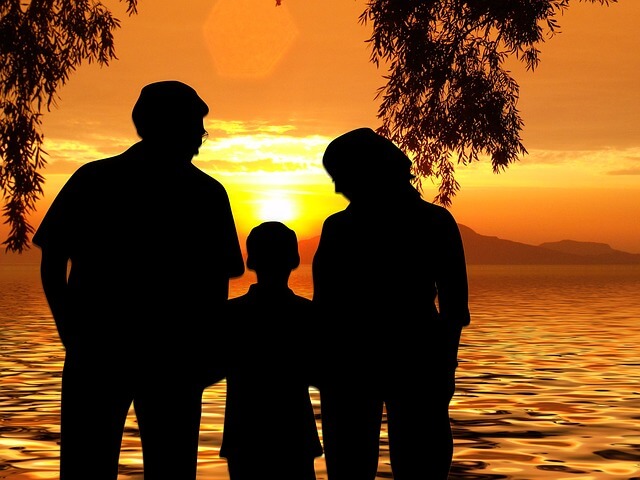
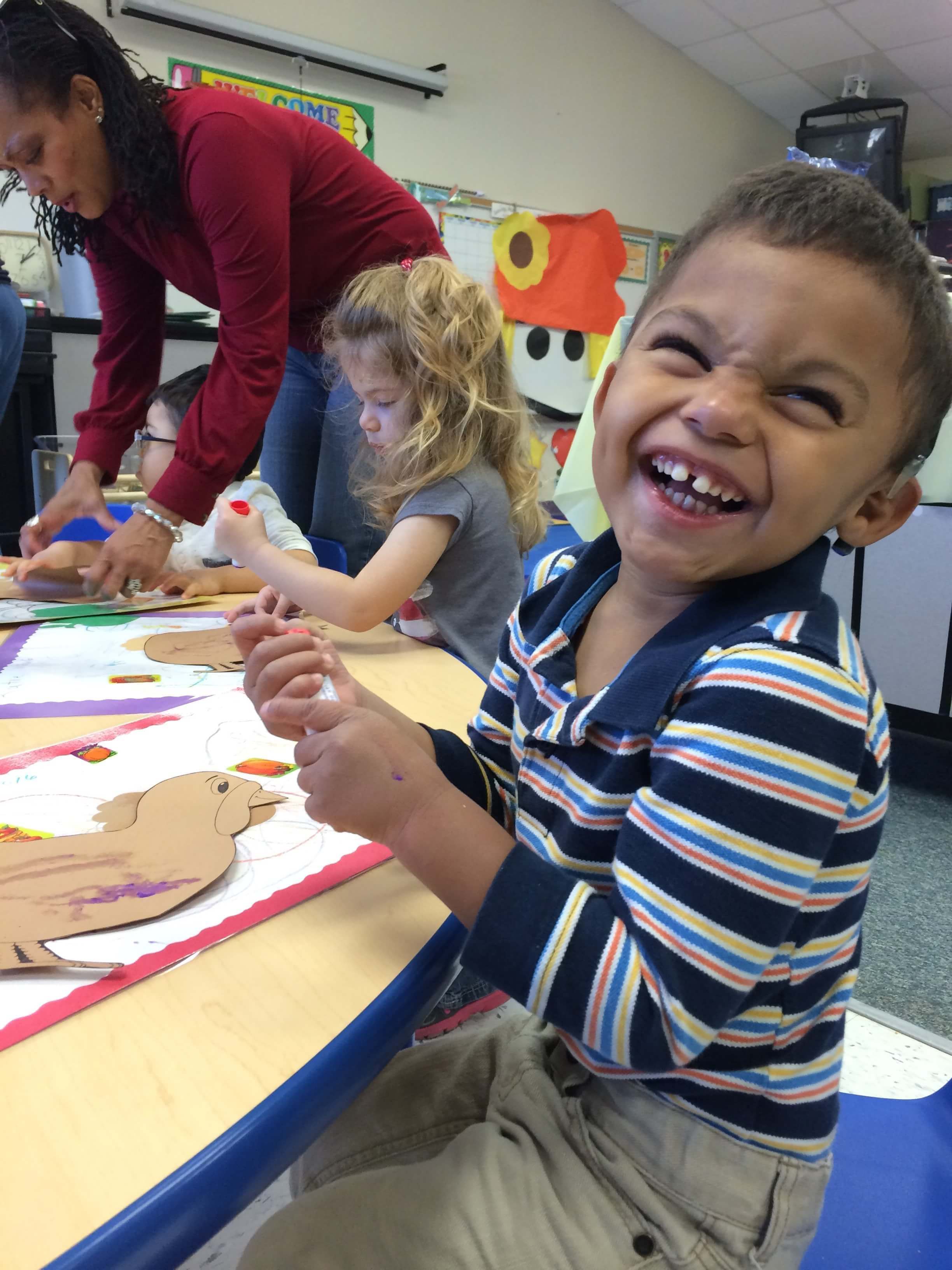


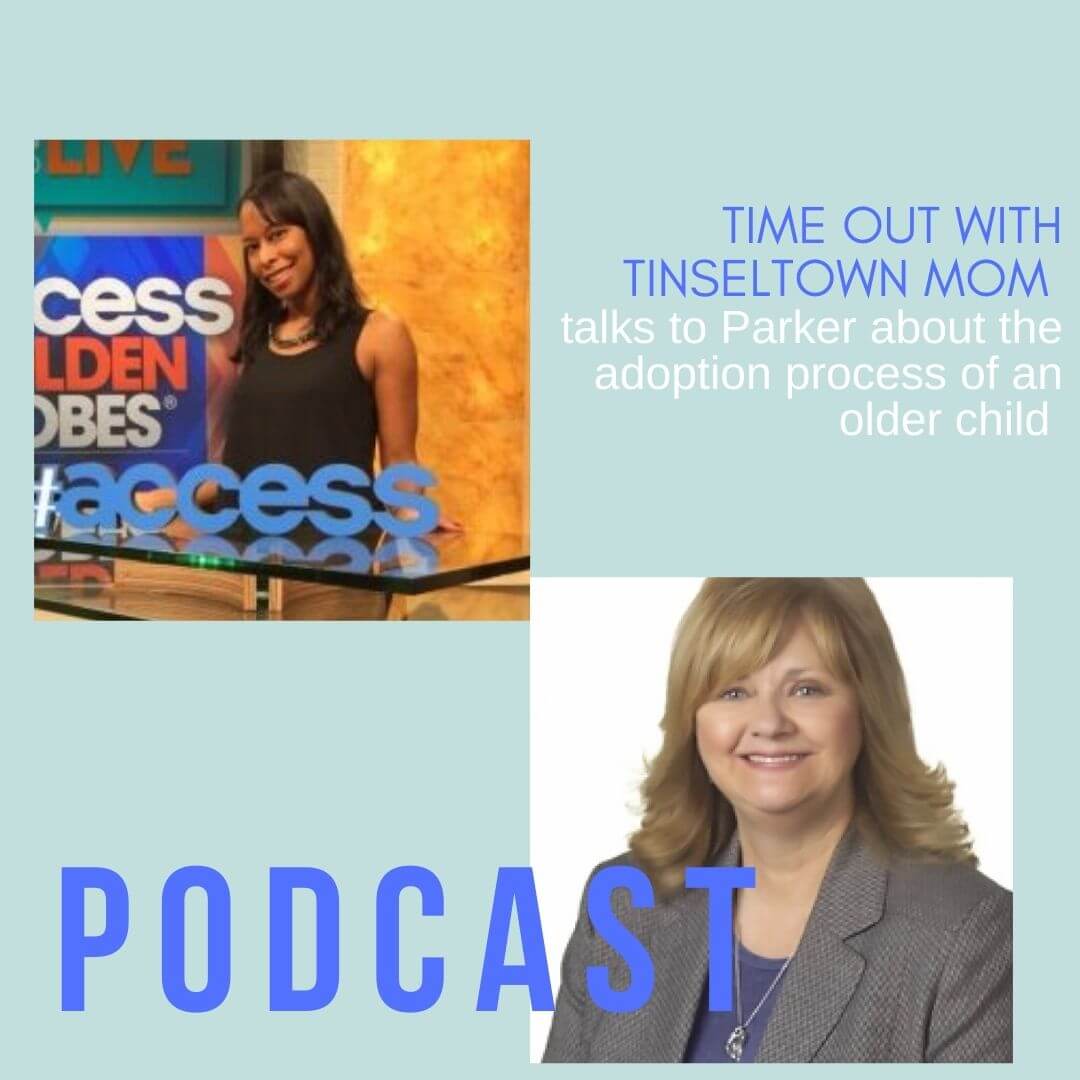
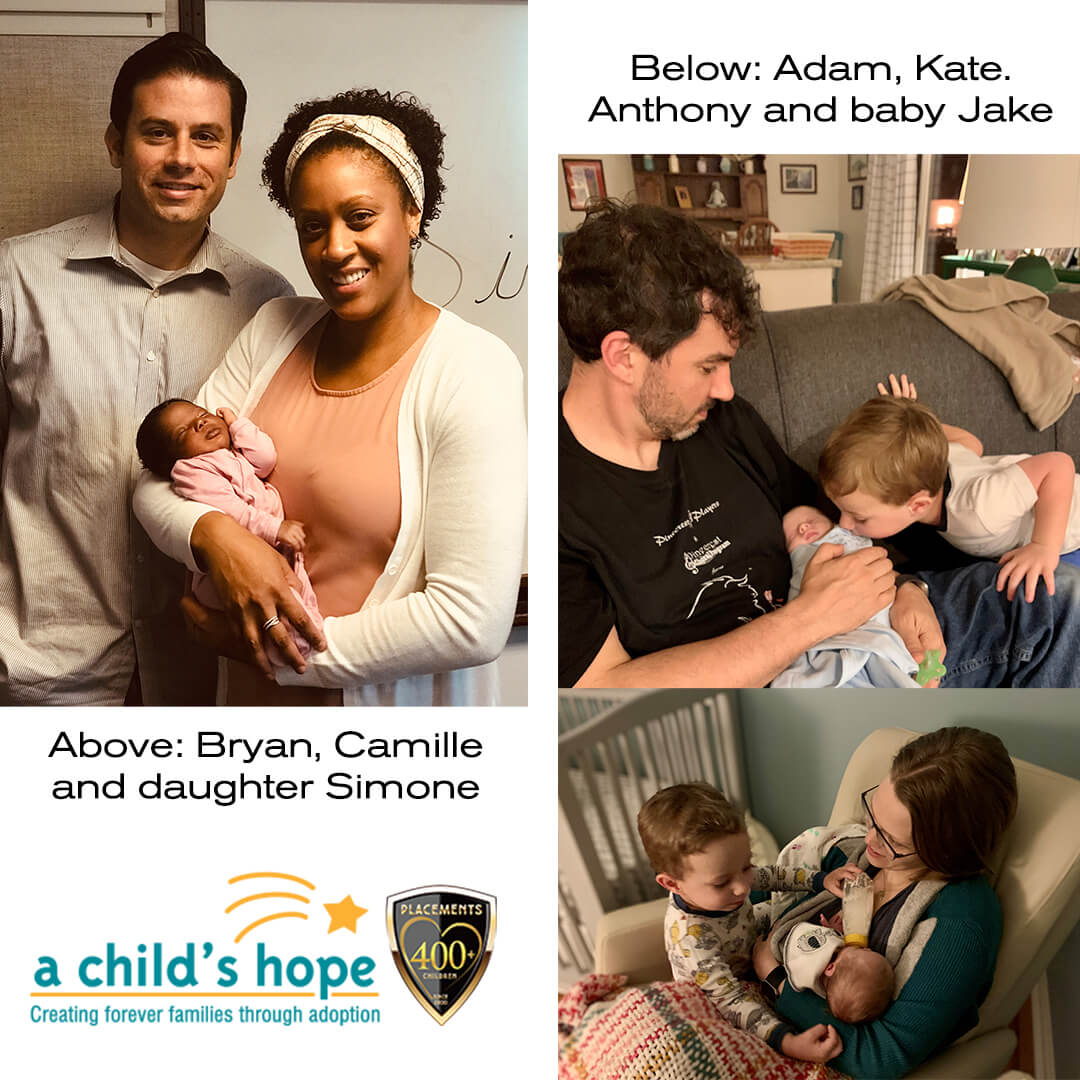
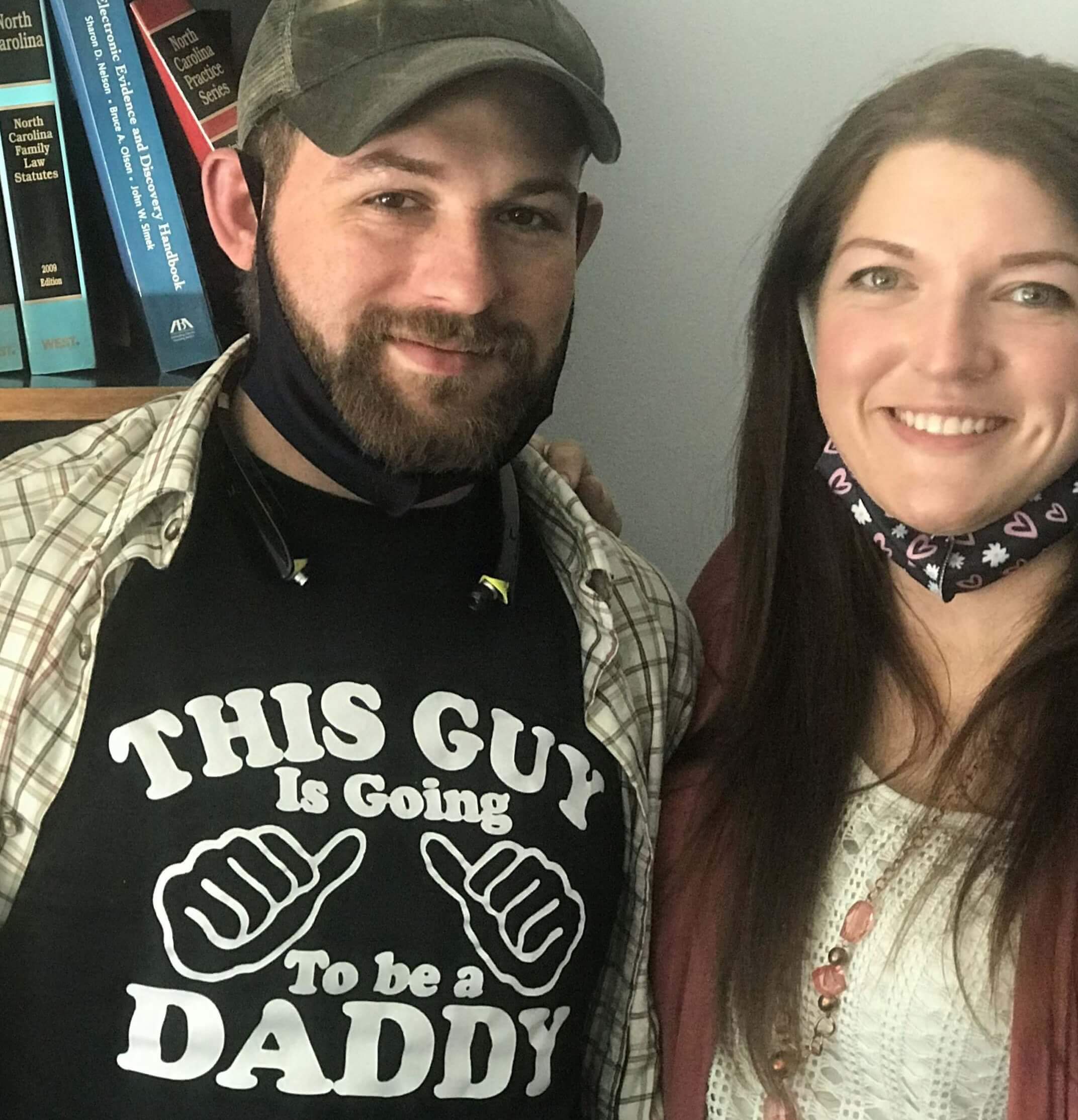


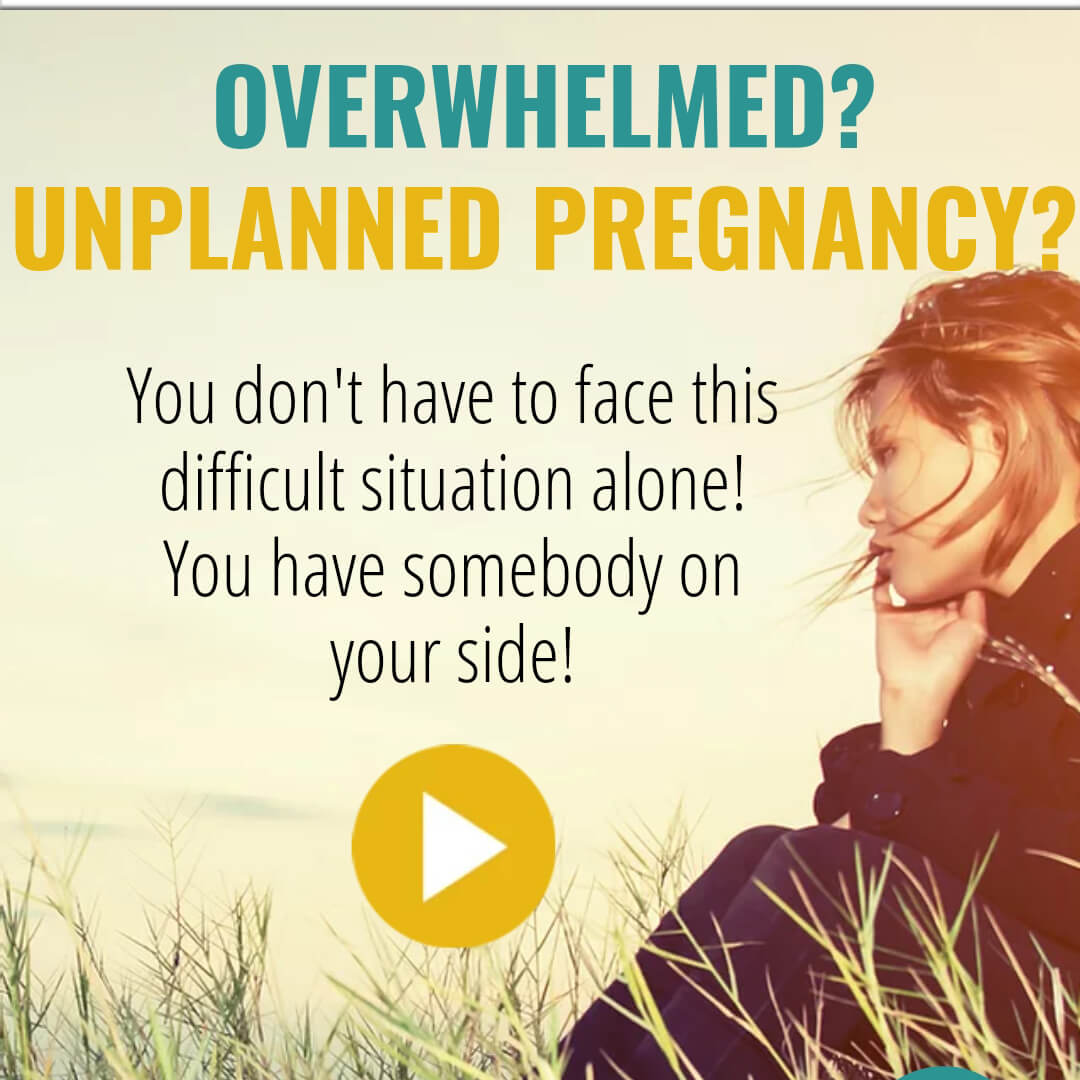

Speak with one of our adoption counselors.
Call or text the Pregnancy Hotline 24/7
Get guidance on opportunities & next steps.
Our office is open in Raleigh, NC.
© 2026 A Child's Hope. All Rights Reserved.
Please select the first day of your last period
Your last period date: